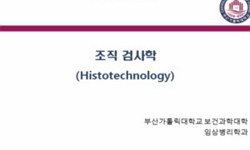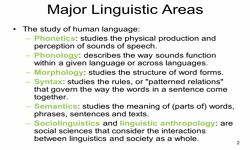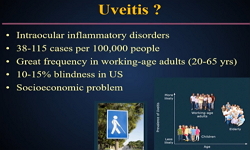Background and Objectives The most common cause of snoring in children is enlargedtonsils and adenoids. However, there is insufficient evidence to determine whether the subjectivemeasurement of tonsil hypertrophy, the most common prevailing method, re...
http://chineseinput.net/에서 pinyin(병음)방식으로 중국어를 변환할 수 있습니다.
변환된 중국어를 복사하여 사용하시면 됩니다.
- 中文 을 입력하시려면 zhongwen을 입력하시고 space를누르시면됩니다.
- 北京 을 입력하시려면 beijing을 입력하시고 space를 누르시면 됩니다.

구개편도 및 아데노이드 크기와 코골이 소리의 연관성: 음성학적 연구 = Relationship Between Adenotonsillar Size and Snoring Sound: Acoustic Analysis
한글로보기https://www.riss.kr/link?id=A108389744
- 저자
- 발행기관
- 학술지명
- 권호사항
-
발행연도
2022
-
작성언어
Korean
- 주제어
-
등재정보
KCI등재
-
자료형태
학술저널
- 발행기관 URL
-
수록면
772-780(9쪽)
- DOI식별코드
- 제공처
-
0
상세조회 -
0
다운로드
부가정보
다국어 초록 (Multilingual Abstract)
Background and Objectives The most common cause of snoring in children is enlargedtonsils and adenoids. However, there is insufficient evidence to determine whether the subjectivemeasurement of tonsil hypertrophy, the most common prevailing method, reflects the actualtonsil size and volume. Therefore, we tried to determine whether the subjective gradingof tonsil size and actual tonsil volume is related, and whether tonsil volume, weight, and adenoidindex are correlated with the acoustic analysis of snoring.
Subjects and Method The study was conducted on 21 children between the ages of 4 and15 who came for tonsillectomy and adenoidectomy due to snoring symptoms. The degree ofadenotonsillar hypertrophy was measured using the Brodsky grading scale and adenoid index.
After tonsillectomy, the volume and weight of resected tonsil were measured. For acousticanalysis, the Praat software was used to determine formant frequency and sound intensity. Alinear regression model and a dummy variable were used to determine the correlation betweenthe quantitative values of tonsil, adenoid and the result of acoustic analysis.
Results The Brodsky tonsil grade tended to match the actual tonsil volume, but it was notstatistically significant (p=0.073). There was no correlation between snoring intensity and actualtonsil volume, weight, and adenoid index. Formant frequency 1 and 2 were statisticallynegatively correlated with the actual tonsil volume (p=0.011, 0.002).
Conclusion The study confirmed that the acoustic analysis of pediatric snoring could be ascreening test to predict tonsil volume and changes in the vocal tract due to tonsil hypertrophy.
동일학술지(권/호) 다른 논문
-
- 대한이비인후과학회
- 임채동
- 2022
- KCI등재
-
노인성 어지럼증 진단 기준을 중심으로 한 나이에 따른 Vestibulo-Ocular Reflex 값의 차이
- 대한이비인후과학회
- 최지혁
- 2022
- KCI등재
-
Clonazepam Usage Improves Chronic Tinnitus and Sleep Quality: A Prospective Cohort Study
- 대한이비인후과학회
- 김현근
- 2022
- KCI등재
-
Influence of Nasal Cavity Dimension and Sleep Posture on the Severity of Obstructive Sleep Apnea
- 대한이비인후과학회
- 김상엽
- 2022
- KCI등재





 KCI
KCI






